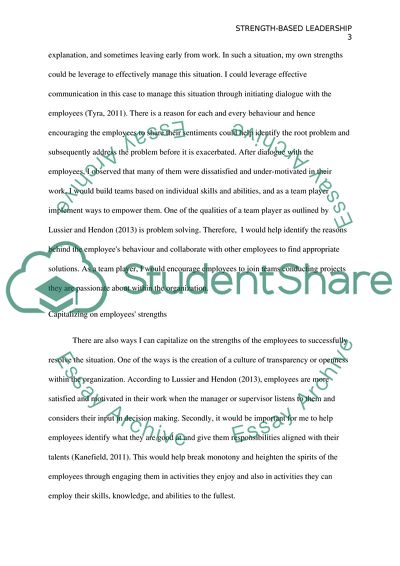Strengths-Based Leadership Term Paper Example | Topics and Well Written Essays - 500 words. https://studentshare.org/nursing/1840270-strengths-based-leadership
Strengths-Based Leadership Term Paper Example | Topics and Well Written Essays - 500 Words. https://studentshare.org/nursing/1840270-strengths-based-leadership.


